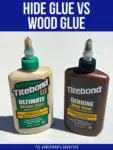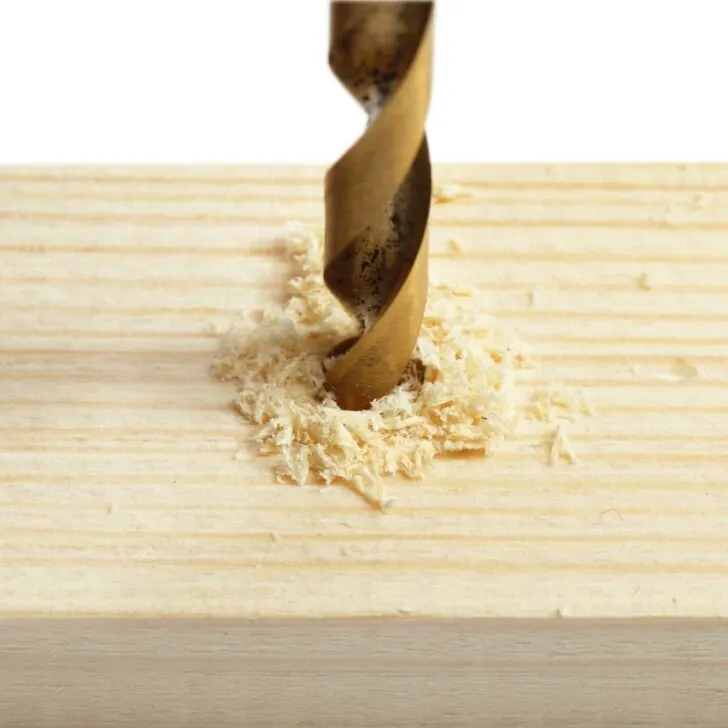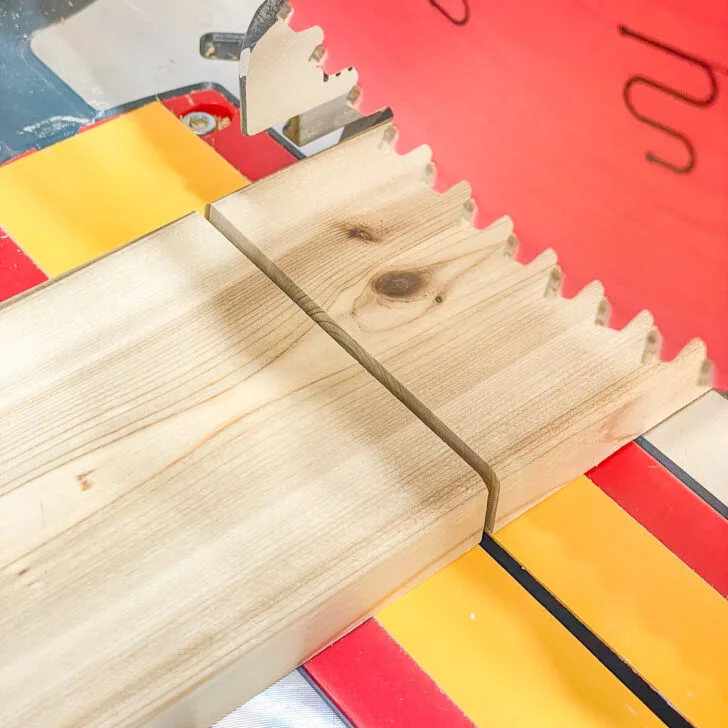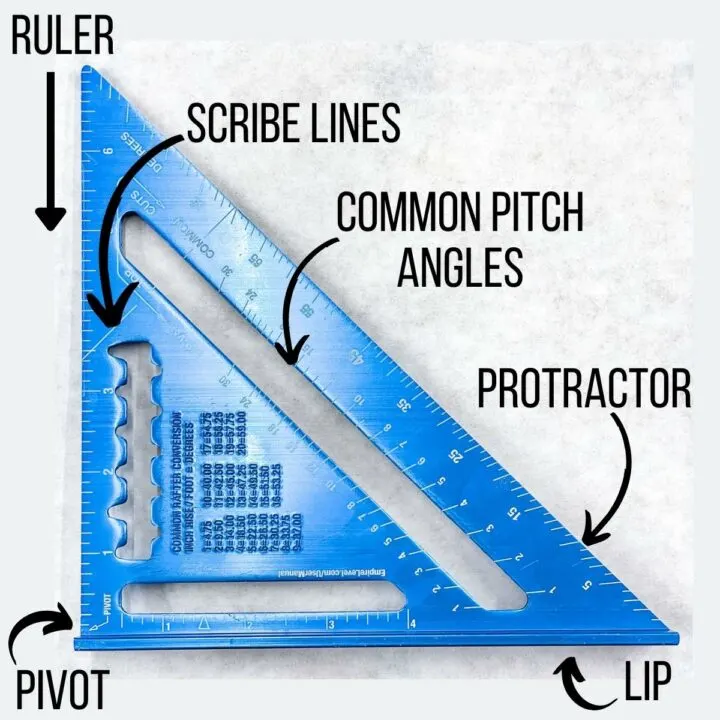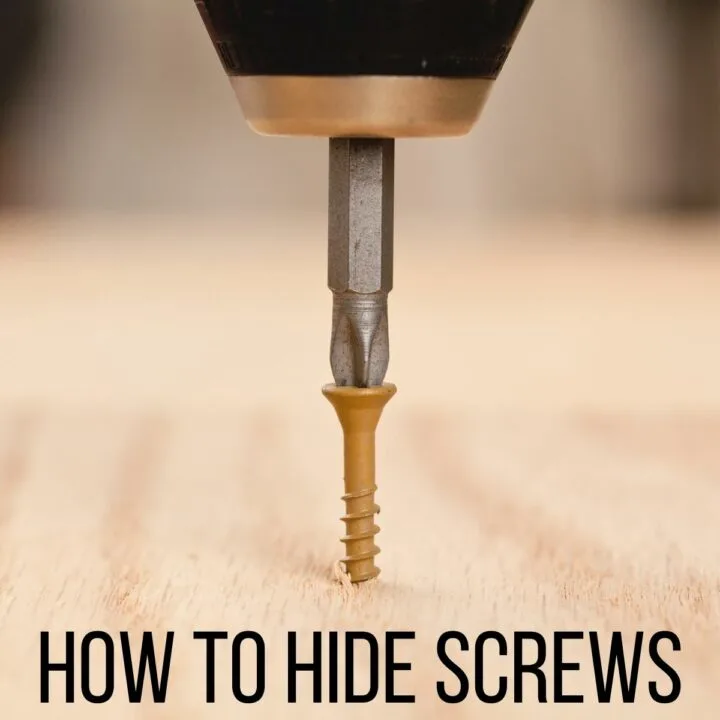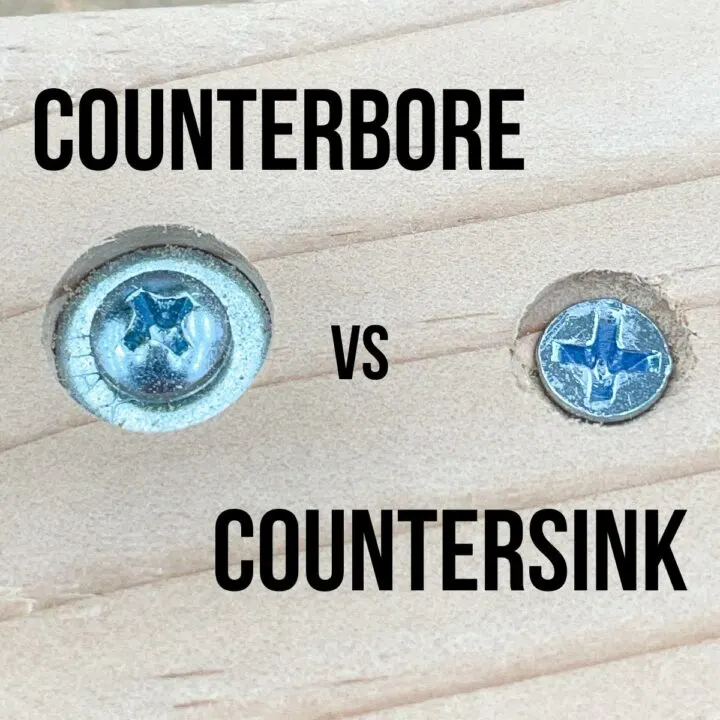In this guide, you’ll learn about the difference between hide glue vs wood glue, and when you might choose to use each one!
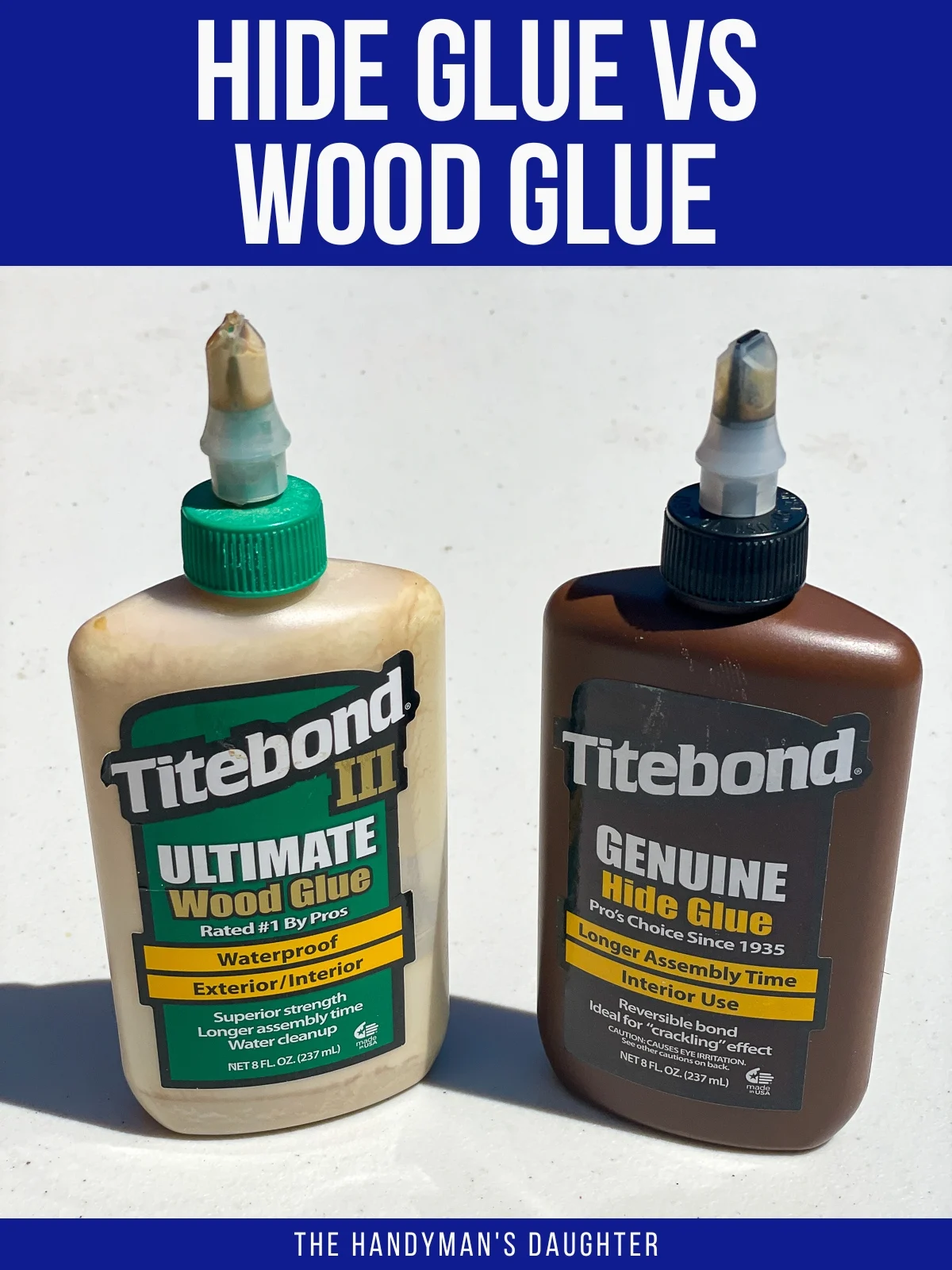
Hide glue is a natural glue, and one of the oldest types of glue in the world. Hide glue is derived from animal collagen, and this gives it some special properties.
Wood glue, also known as PVA glue, is much more common today, though there are reasons that woodworkers still reach for hide glue.
Let’s uncover some of the secrets of hide glue and wood glue. We’ll talk about their unique characteristics, and then discuss when and how to use each one!
This post contains affiliate links for your convenience. Purchases made through these links may earn me a small commission at no additional cost to you. Please visit my disclosures page for more information.
How Hide Glue Differs from Wood Glue
Hide glue and wood glue might share the word “glue” in their name, but the two adhesives are quite different. When you’re an avid woodworker, how glue interacts with the wood becomes very important!
Characteristics of liquid hide glue
- It’s more expensive
- Takes longer to dry
- 24-month shelf life
- More viscous in the cold
- Funny smell after gluing joints
- Bond can be reversed with heat
- Longer open time
- Comes as bottled hide glue or hot hide glue
Characteristics of wood glue (PVA)
- Harder to clean up
- Shorter open time
- Doesn’t really stick to itself
- Cheaper
- Irreversible
- Can inhibit wood stain or finish
- Causes the wood to swell slightly
If you’re curious, here’s a great video to watch about hide glue vs wood glues.
What is Hide Glue?
Hide glue is one of the oldest forms of glue, and it’s been used in various forms for hundreds of years. Its natural origins give it unique properties that woodworkers still find useful to this day.
Hide glue is an animal-based glue that is made using the connective tissues of animals – also known as collagen. This shouldn’t be confused with keratin, which is the substance that makes hair and nails.
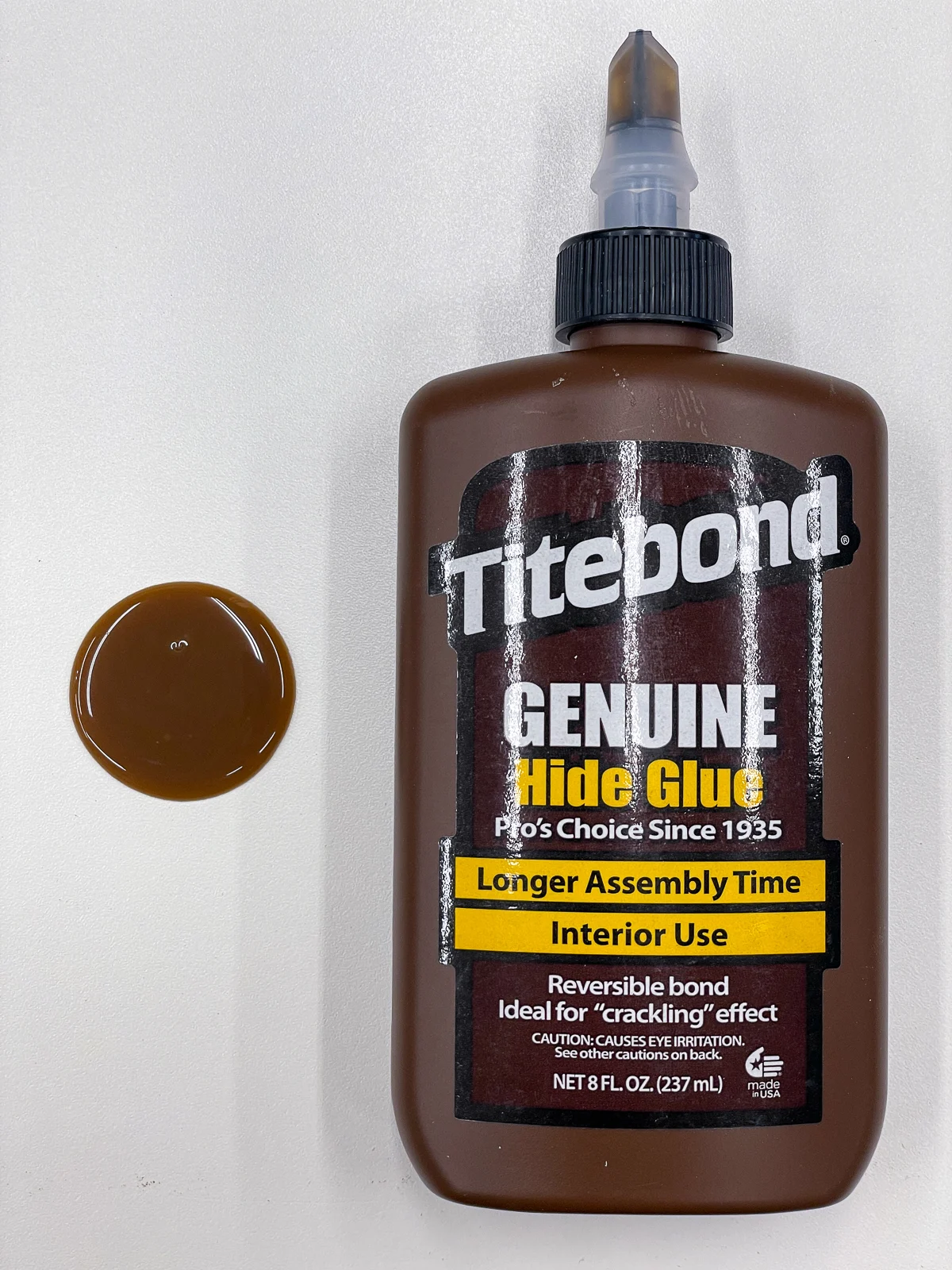
Hide glue can be packaged in bottles like Titebond liquid hide glue, or it can come in flakes as hot hide glue that you have to melt down first. You may also hear hide glue referred to as animal glue or brown glue due to its natural color.
When Should You Use Hide Glue?
While most woodworkers reach for regular PVA wood glue nowadays, there are many people who still find this glue useful. Some historical woodworkers will use it simply to maintain that “old fashioned feel.” However, as you’ll see, there are some truly practical reasons to use hide glue as well.
For making wooden musical instruments
Musical instruments such as violins require careful crafting and are very expensive. Hide glue is used for musical instruments because it can be reversed with heat, so it can be taken apart and repaired without damage.
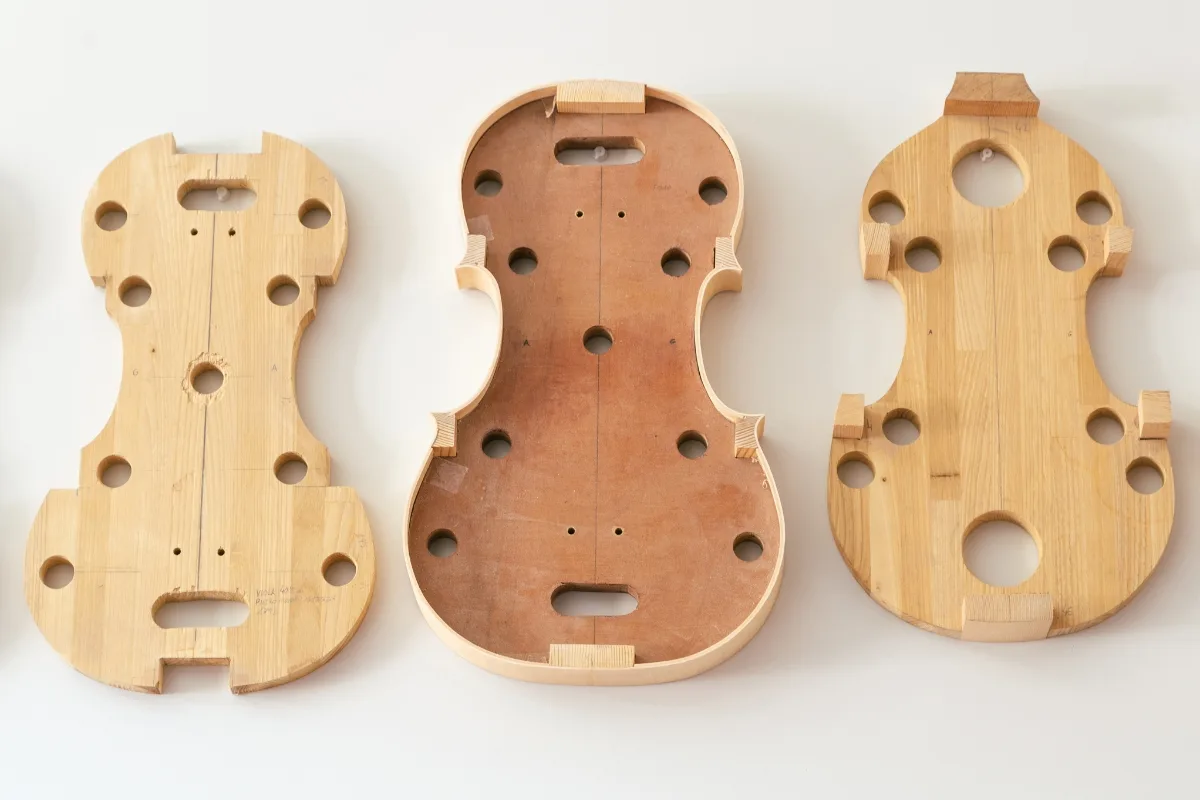
To prevent wood from swelling
Tight, ultra-precise joints are another reason hide glue is still used. To understand why this is, you’ll have to understand the nature of regular, PVA wood glue.
PVA wood glue holds tightly, but it also causes the wood to swell slightly. This swelling can suddenly make it difficult to connect tight joints, and cause issues as the glue attempts to dry.
With hot hide glues and traditional hide glues, you don’t get this problem. In fact, it can act as a slight lubricant, making it even easier to create tight joints.
For antique furniture repairs
Hide glue is also commonly used for antique furniture. Good furniture is often made with almost no modern fasteners such as wood screws. Instead, the furniture is held together with carefully placed joints and glue.
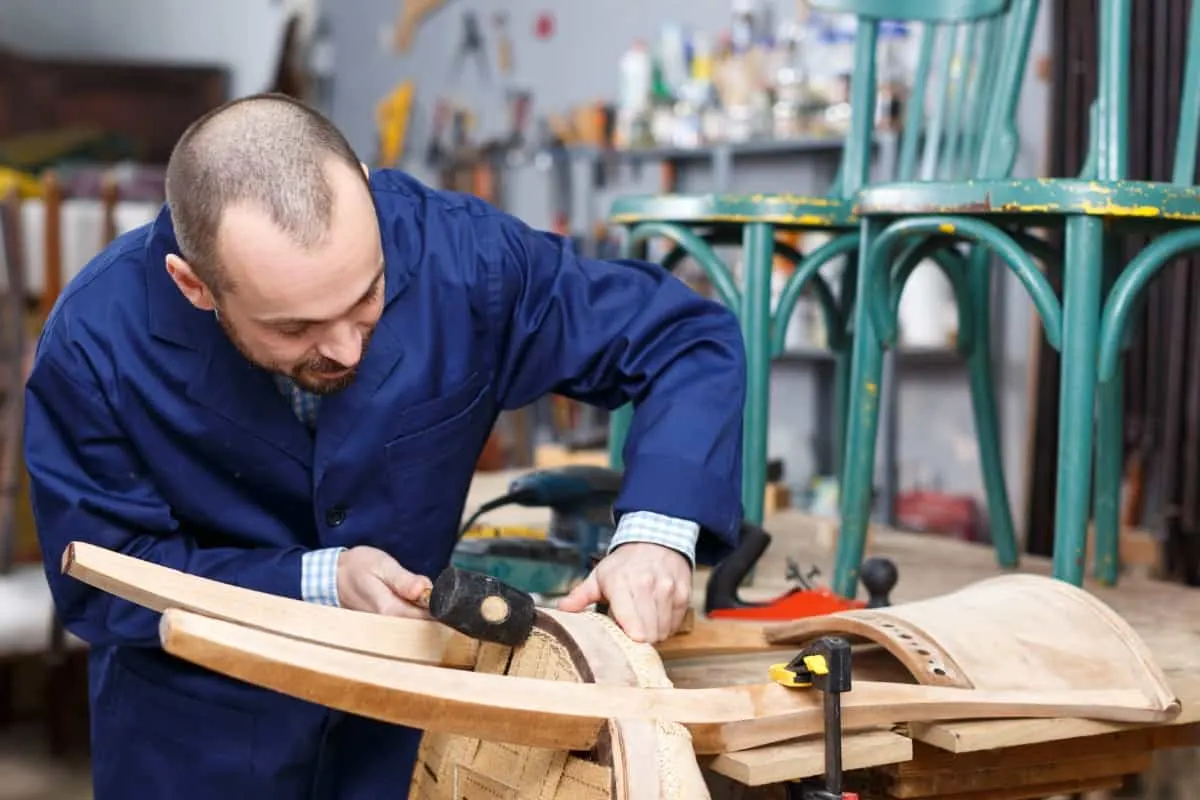
If you use regular wood glue for your furniture, a couple of things can happen. First, the joint is permanent – if you realize you did something wrong, it can be a big pain to take it apart.
Second, PVA glue often gets down into the fibers of the wood and can alter the appearance of a finish – leaving little blotches. Hide glue doesn’t have this issue.
Also, hide glue gives you more time to work, as it has a longer open time – it takes longer to begin setting.
How to Use Hide Glue
Hide glue works similarly to other types of glue, but there are a few things to remember.
- Keep it warm. Hide glue becomes thinner in warm weather and thicker in cold weather. Keep the glue warm to make it easier to work with.
- There is sometimes an odd smell. Hide glue does have a bit of a funny smell. Don’t be alarmed by this but keep this in mind depending on where you choose to use it. The smell should go away after the hide glue joints are completely dry.
- Shorter shelf life. Hide glue may begin to “go bad” after about two years on the shelf. If you’re unsure whether it's still good, test it out before using it on a large project.
What is Wood Glue?
Wood glue, also known as PVA glue, carpenter's glue or yellow glue, is among the most common used today. You're probably familiar with Titebond or Gorilla glue.
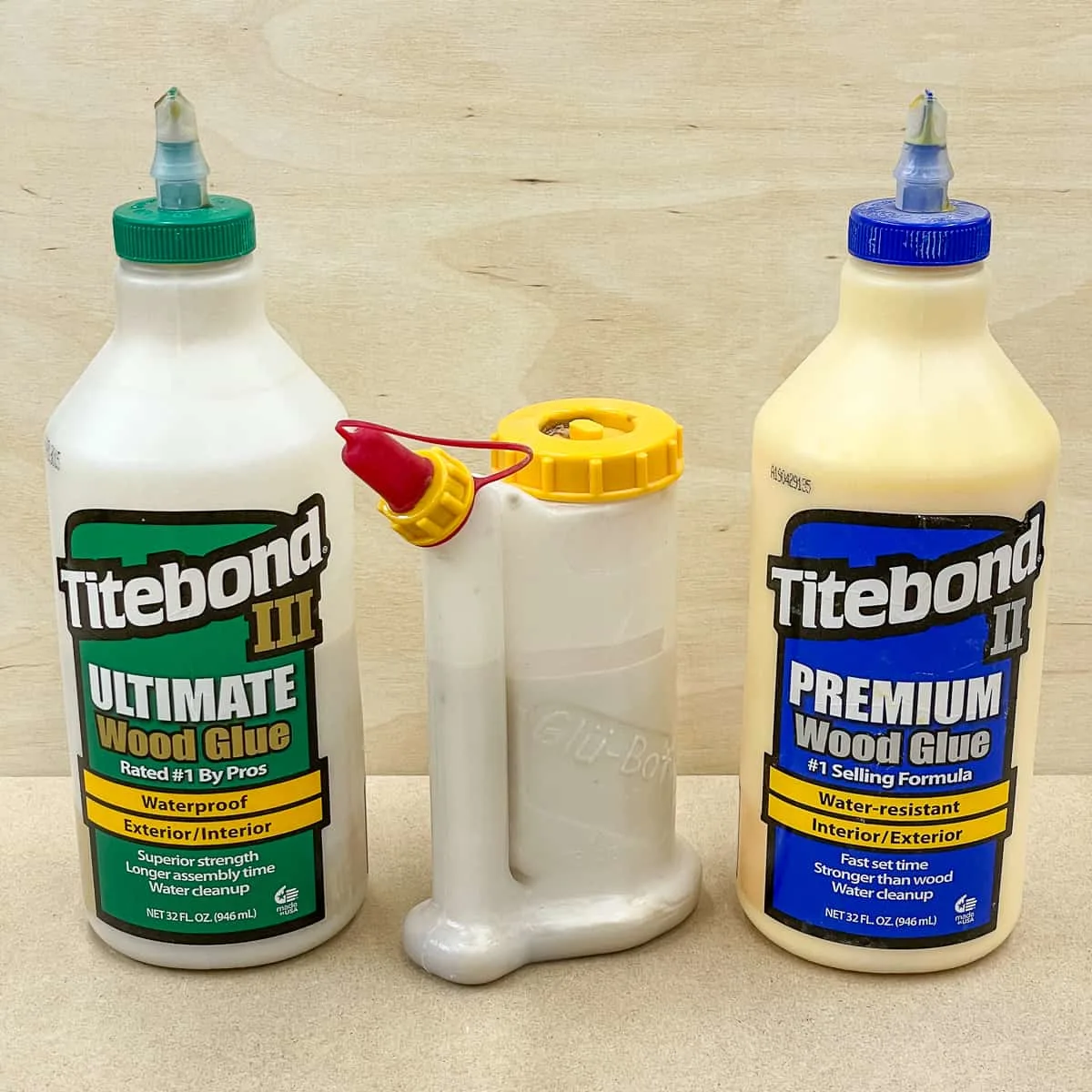
PVA wood glue creates a very strong bond when it’s applied correctly. It's fairly inexpensive, dries fast, and can be cleaned up easily with warm water and soap.
When to Use Wood Glue
There's a reason why gallons of this stuff line the walls of many garage workshops!
Wood-on-Wood Joints
PVA wood glue is most commonly reserved for wood-on-wood joints. It is formulated to bind wood fibers together. If you need to attach wood to non-wood, then you might need to reach for an epoxy glue or something else.
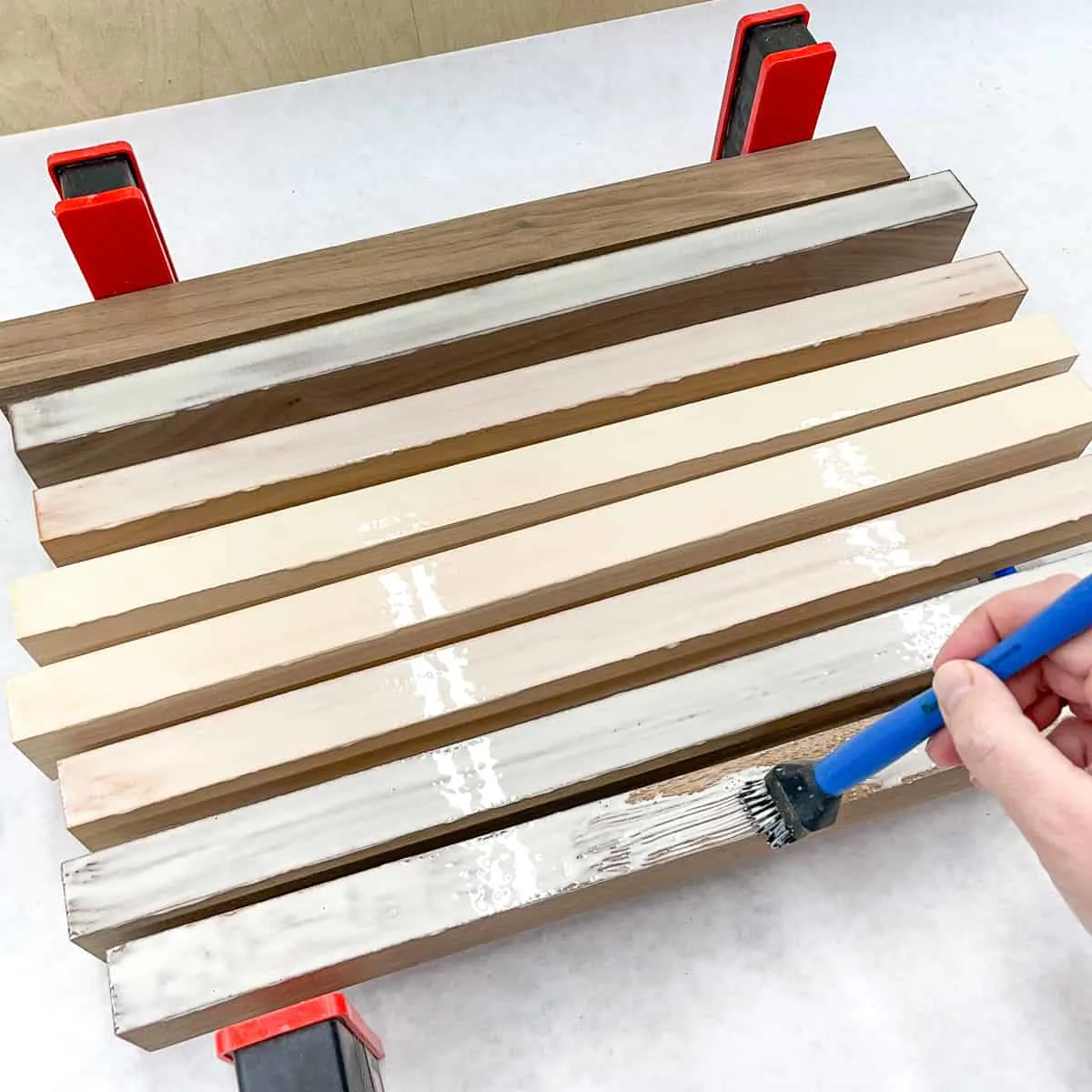
DIY Wood Filler
You can mix sawdust and wood glue together to make quick and effective wood filler. This is sort of an “off-label” use, but it can be really helpful when trying to fill screw holes or cracks in your project.
To learn more about hiding mistakes, see my guide on the different types of wood filler.
Water and Heat Resistance
Hide glue wouldn’t be your first choice if you know the project will be near high heat. PVA glue is more resistant to heat, and glues like Titebond 3 are great choice when you need water resistance as well. I use it in all my outdoor furniture projects, and it holds up great!
How to Use Wood Glue
Let’s go over some things to keep in mind when using wood glue. Many of these principles can also be applied to other types of glue as well.
- Use lots of clamps. Clamps are your friend! Clamps ensure that the joint holds together tightly as the glue dries.
- Clean the area. If there is any leftover sawdust or dirt covering the project, then the glue has a tendency to soak up the grime instead of binding the wood together.
- Be careful with too much glue. In some cases, it will be fine to slather the whole project in glue. However, keep in mind that wood glue can mess with stains and finishes. Be careful to clean up any overrunning glue before it sets.
And that’s it! Get some hide glue and PVA wood glue and try them both out on some practice projects – this will give you a feel for how they work and when you should choose one over the other.

